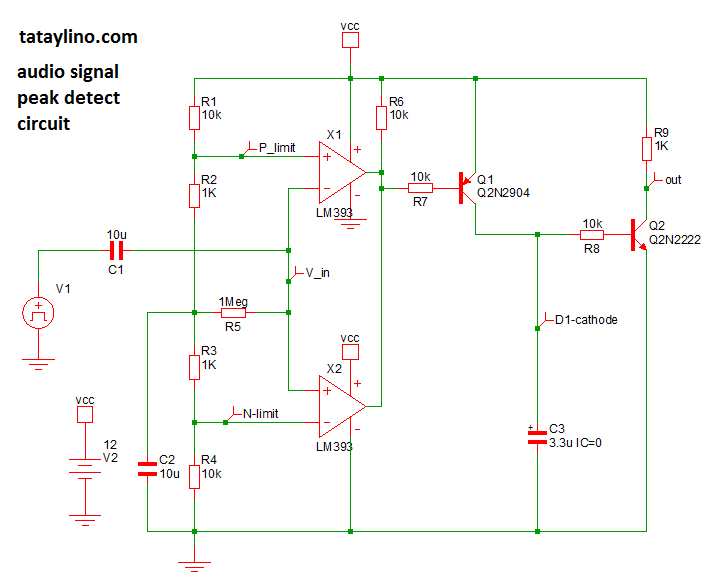

If an oscilloscope is not available, follow our 9-Step Level Setting Guide to properly set input sensitivity as seen in the video above.

Clipping on an oscilloscope will be detectable by seeing flat spots at the peaks of the sine wave. Playing the correct sine wave, slowly adjust the input sensitivity until the sine wave is at it’s largest on the scope's display without showing any clipping. The needed sine waves can be found on the FiX™ Calibration CD or downloaded from the Audio Files article. A scope will detect the clipping point of the DSP or amplifier’s outputs when playing a frequency appropriate sine wave (50 Hz for subwoofer amplifiers and 1 kHz for full-range amplifiers). Using an Oscilloscope is the best method to set input sensitivity. This provides a bit of gain overlap for various types of music, the music’s recording quality as well as the varying signal strength between the sources (Bluetooth®, AM/FM, USB, CD, Satellite Radio, etc). When adjusting input sensitivity it’s recommended to set the previous source’s volume or output potential to 75%.

If the input sensitivity isn’t lowered on a higher voltage input signal there is a strong risk of clipping and distortion at higher volume levels. Likewise, if the signal strength is too high the input sensitivity should be lowered so the amplifier isn’t overdriving the “hot” signal and reaching it’s maximum non-clipped output too early. Increasing the input sensitivity will ensure the amplifier now has the ability to produce it’s maximum, non-clipped output potential. If the input signal strength is too low the amplifier most likely won’t reach it’s maximum output. Input sensitivity is adjustable on an amplifier or DSP due to the fact that the signal strength varies from the previous source’s outputs.
LIMITS OF A CLIPPING DETECTOR FREE
An audio system with properly set gain structure should be loud, dynamic and free of distortion. Maximizing the input voltage strength by balancing it’s proportion to the source unit should ensure maximum output potential with minimal clipping and/or distortion at most volume levels. First things first, input sensitivity is not a volume control! Setting input sensitivity maximizes the signal to noise ratio by matching the input sensitivity to the output voltage on the preceding source, which may be a head unit, DSP, or integration product. A common misunderstanding is the purpose and function of the input sensitivity or “gain” as it’s often called, on an amplifier or DSP.


 0 kommentar(er)
0 kommentar(er)
